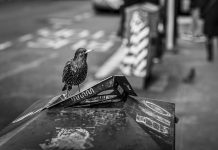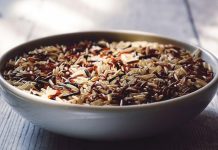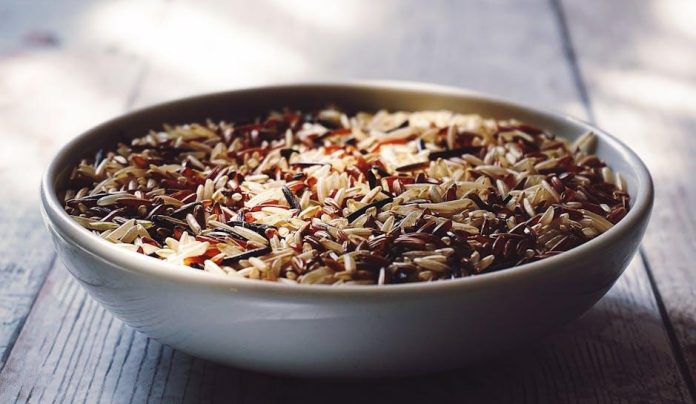In a world where culinary trends come and go, one dietary staple has stood the test of time, quietly nurturing humanity for millennia: whole grains. These humble kernels, often overshadowed by flashier food fads, possess a rich tapestry of flavors and nutrients that are only beginning to be fully appreciated. As we peel back the layers of bran and germ, we discover a world where health meets heritage, where each grain tells a story of its journey from field to table. In this article, we delve into the myriad benefits of incorporating more whole grains into our diets, exploring how these nutritional powerhouses can enhance our well-being while reconnecting us to the earth’s ancient bounty. Whether you’re a culinary explorer or a health enthusiast, the transformative potential of whole grains invites us all to savor every bite and embrace a more wholesome way of living.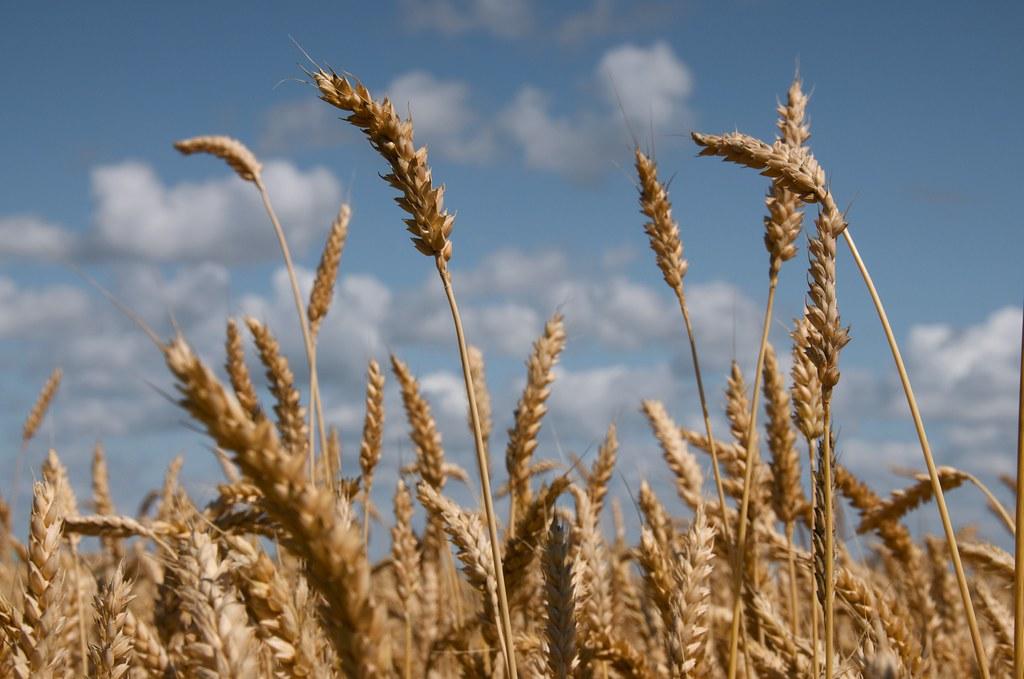
Whole Grains for a Healthier Heart and Beyond
Incorporating more whole grains into your diet can significantly contribute to heart health and offer a myriad of additional benefits. Whole grains are packed with essential nutrients that support overall well-being. They are rich in dietary fiber, which helps reduce cholesterol levels and lower the risk of heart disease. Additionally, whole grains provide a steady source of energy, thanks to their complex carbohydrates, and help maintain healthy blood sugar levels.
- Improved Digestion: The fiber content in whole grains aids in digestion, promoting regular bowel movements and preventing constipation.
- Weight Management: Whole grains can help in maintaining a healthy weight as they keep you feeling full for longer, reducing the likelihood of overeating.
- Reduced Risk of Chronic Diseases: Regular consumption of whole grains has been linked to a lower risk of developing type 2 diabetes and certain types of cancer.
By choosing whole grain options like brown rice, quinoa, oats, and whole wheat bread, you can enjoy these health benefits and contribute to a balanced diet that supports your heart and overall health.
Unlocking Nutrients: The Power of Whole Grains in Your Diet
Whole grains are nature’s treasure trove, brimming with nutrients that contribute significantly to our health. Unlike their refined counterparts, whole grains retain the bran, germ, and endosperm, ensuring that we receive a complete package of nutrients. This nutritional bounty includes essential vitamins, minerals, and antioxidants, which play a vital role in maintaining overall well-being. Incorporating whole grains into your diet can lead to a myriad of health benefits, ranging from improved digestion to a reduced risk of chronic diseases.
- Rich in Fiber: Whole grains are an excellent source of dietary fiber, promoting healthy digestion and helping to maintain a healthy weight.
- Heart Health: The consumption of whole grains is linked to a lower risk of heart disease, thanks to their ability to reduce cholesterol levels and improve heart function.
- Blood Sugar Control: With a low glycemic index, whole grains help in regulating blood sugar levels, making them an ideal choice for those managing diabetes.
- Weight Management: The high fiber content keeps you feeling full longer, reducing the likelihood of overeating.
- Essential Nutrients: Whole grains provide important nutrients such as B vitamins, iron, and magnesium, supporting energy production and immune function.
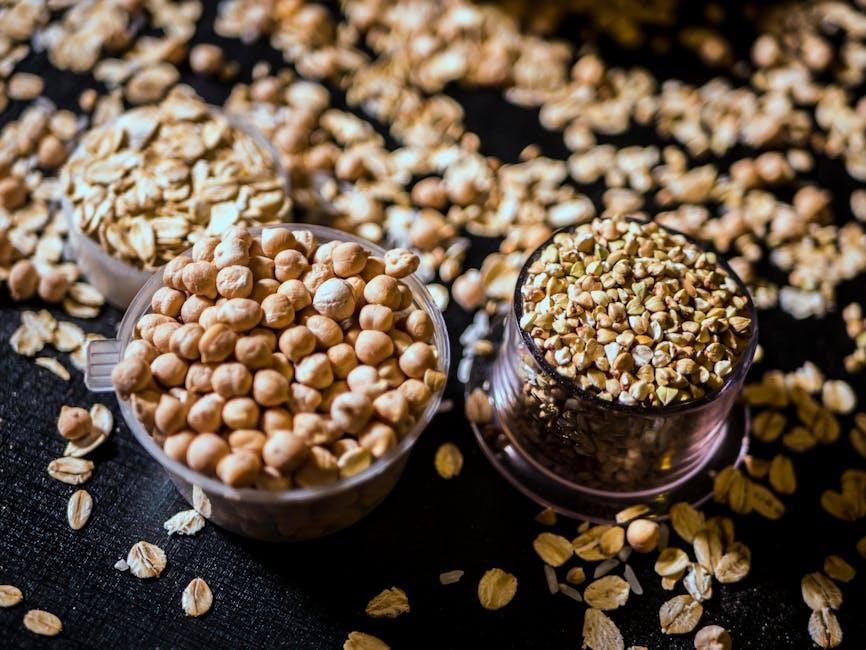
Whole Grains and Weight Management: A Balanced Approach
Incorporating whole grains into your diet can be a game-changer when it comes to managing weight effectively. Whole grains are packed with essential nutrients and fiber, which not only aid in digestion but also help you feel fuller for longer periods. This satiety factor can prevent overeating and reduce cravings for unhealthy snacks. Furthermore, whole grains have a low glycemic index, which means they release glucose into the bloodstream slowly, keeping your energy levels stable and reducing the risk of insulin spikes.
- Rich in Fiber: Helps in maintaining a healthy digestive system and promotes feelings of fullness.
- Low Glycemic Index: Supports stable blood sugar levels, minimizing hunger pangs.
- Nutrient-Dense: Provides essential vitamins and minerals that support overall health.
- Heart Health: Regular consumption is linked to a lower risk of heart disease.
Adopting a balanced approach by substituting refined grains with whole grains like quinoa, brown rice, and oats can significantly contribute to a healthier lifestyle. This simple dietary change can lead to better weight management, improved energy levels, and a lower risk of chronic diseases. Embrace whole grains as a staple in your diet to harness these benefits while enjoying diverse and delicious meals.

Practical Tips for Incorporating More Whole Grains into Your Meals
Incorporating more whole grains into your meals can be both simple and delicious with a few creative adjustments. Begin by swapping refined grains for whole grains in your favorite recipes. For instance, use whole grain pasta instead of the regular variety, or try brown rice or quinoa in place of white rice. When baking, consider replacing half of the all-purpose flour with whole wheat flour for a nuttier flavor and a boost of nutrients.
- Experiment with whole grain breakfast options like oatmeal or whole grain toast with avocado.
- Mix whole grains into salads or soups for added texture and fiber. Barley, farro, or bulgur can be great additions.
- Try making your own whole grain snacks, such as popcorn seasoned with herbs or whole grain crackers with hummus.
Another strategy is to explore new grains. Venture beyond the usual and try amaranth, millet, or teff. These grains not only add diversity to your meals but also bring unique flavors and textures that can transform your culinary experience.
The Conclusion
In weaving the narrative of nutrition, whole grains stand as a testament to the elegance of simplicity. These unassuming kernels, cloaked in their natural husks, offer more than just sustenance; they are a gateway to vitality, a bridge between the past and the future of our well-being. As we’ve explored, the benefits of incorporating more whole grains into our diet are as varied as they are profound, touching on aspects of health that encompass body, mind, and spirit.
From the heart-protective powers of oats to the gut-friendly fibers of barley, each grain tells a story of nature’s generosity. Embracing whole grains is not merely a dietary choice but an invitation to reconnect with the earth’s bounty in its most authentic form. As you stand at the crossroads of culinary tradition and modern health, may your path be enriched with the textures and flavors of whole grains. Let them be the foundation upon which you build a life of balance and nourishment, one meal at a time.


